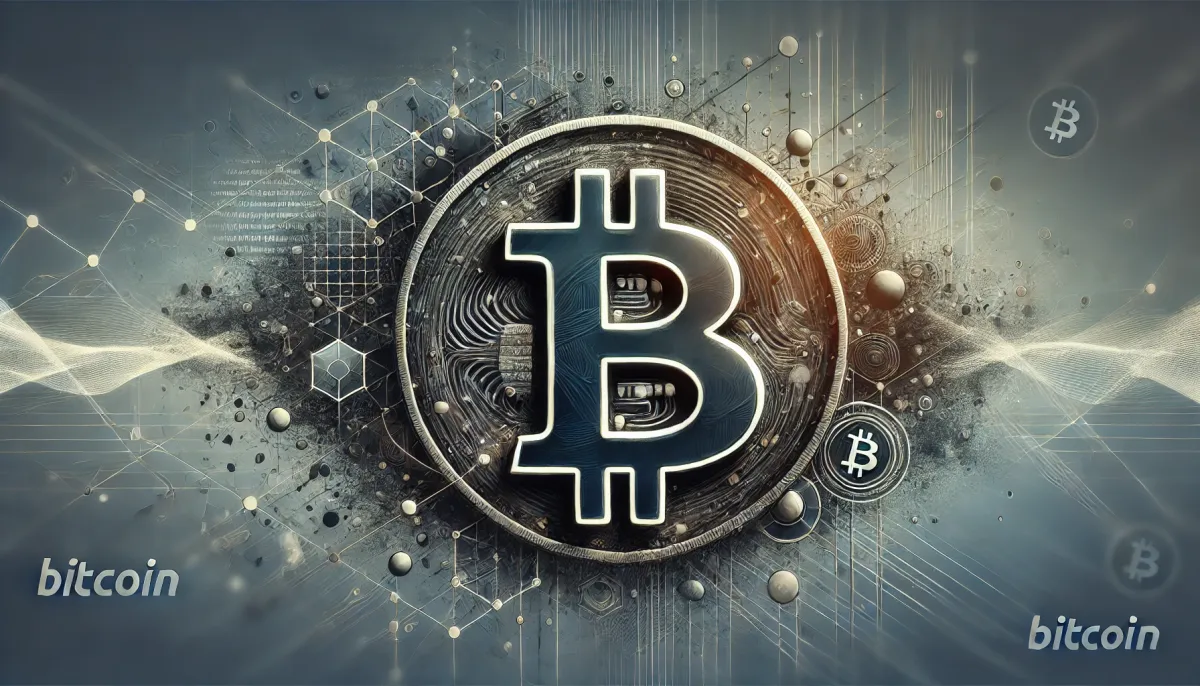Treasury Yields, Bitcoin, and Market Shifts: Key Insights
In the October 23, 2024 episode of The Bitcoin Layer, Nik Bhatia explores the implications of rising U.S. Treasury yields, analyzing how they affect Bitcoin, gold, and other markets.

- My 'short take' notes summarize the content of podcast episodes; they do not necessarily reflect my own views.
- They contain (1) a summary of podcast content and (2) some speculative views on wider implications.
- Pay attention to broadcast dates (I often summarize older episodes)
- Some episodes I summarize may be sponsored: don't trust, verify, if the information you are looking for is to be used for decision-making.
Summary
In the October 23, 2024 episode of The Bitcoin Layer, Nik Bhatia explores the impact of rising U.S. Treasury yields on various markets, including Bitcoin and gold. Bhatia highlights how recent rate cuts from the Federal Reserve and shifting asset correlations are reshaping investment strategies. Key themes include political uncertainty, inflation risks, and Bitcoin's potential breakout from its long-term price trend.
Take-Home Messages
- Fed Rate Cuts Impact Treasury Yields: Persistent rate cuts are contributing to bond market volatility, especially in short-term yields.
- Shift in Asset Correlations: The traditional relationship between bonds and stocks is evolving, with rising yields now accompanied by rising stock prices.
- Bitcoin's Breakout Potential: Bitcoin is at a key technical level, testing a breakout that could attract further institutional interest.
- Gold’s Safe-Haven Role Intensifies: Gold continues to rally, reflecting investor concerns over inflation and market instability.
- Political Uncertainty Affects Markets: A potential Trump presidency introduces new variables, with tax policies and fiscal changes likely to affect market sentiment.
Overview
In the October 23, 2024 episode of The Bitcoin Layer, Nik Bhatia delves into the recent rise in Treasury yields, focusing on their volatility and the broader economic context. The Federal Reserve’s rate cuts, while intended to mitigate recession risks, are contributing to fluctuating yields, particularly in the two-year and ten-year Treasury markets. Bhatia explains how this environment has created new challenges for investors managing risk across multi-asset portfolios.
The episode also highlights a significant shift in asset correlations, with bonds and stocks rising in tandem—an unusual departure from traditional market behavior. This "regime shift," as Bhatia describes it, may signal deeper changes in the economic landscape, particularly in light of political uncertainty. The potential for a Trump return to the White House adds complexity, with fiscal policy shifts expected to influence inflation and market performance.
Bitcoin and gold feature prominently as alternative assets in this context. Bitcoin is testing a critical price level, though further confirmation is needed to establish a sustained breakout. Gold, meanwhile, has continued its bull run, with Bhatia projecting further gains as it solidifies its role as a safe-haven asset during times of uncertainty.
Broadcast Highlights
- Rate Cuts and Treasury Yields: The Fed’s rate cuts continue to shape bond markets, with the two-year yield surging past 4%.
- Asset Correlation Shift: Bonds and stocks are rising together, marking a shift in traditional market dynamics.
- Political Impact: Speculation about a Trump presidency and its potential market effects is discussed in detail.
- Bitcoin at a Key Level: Bitcoin’s price hovers at a significant technical point, testing its breakout potential.
- Gold’s Continued Rally: Gold has been on a bullish run, reaching new highs as investors seek stability.
- Liquidity Risks in Bond Markets: Rising yields may strain bond market liquidity, particularly for institutional investors.
- Inflation Concerns: The Fed's actions may trigger inflationary pressures, impacting market stability.
- Cross-Asset Strategy Adjustments: Investors are urged to reconsider portfolio strategies amid shifting correlations.
- Recession Indicators: Yield curve behavior continues to signal potential economic slowdowns, affecting market outlooks.
- Market Volatility: Ongoing bond market volatility is flagged as a significant risk factor for equities and Bitcoin.
Implications
As traditional asset correlations evolve, the risk landscape for institutional investors is becoming more complex. Bitcoin’s potential breakout may provide opportunities for diversification, but confirmation of its resilience is crucial. At the same time, gold is likely to remain a safe-haven asset as inflation concerns persist.
Future Outlook
In the coming months, the market’s response to surging Treasury yields and Fed rate cuts will be critical. Investors should monitor Bitcoin’s performance, particularly if it can sustain a breakout in this environment. Gold is expected to continue its rise, but broader market stability will depend on how political and economic uncertainties unfold.
Broader Implications
Inflation and Bitcoin’s Role as a Hedge
If inflation accelerates due to the Federal Reserve’s continued rate cuts, Bitcoin may increasingly be viewed as a hedge against currency debasement. While still volatile, Bitcoin’s decentralized nature could attract investors seeking an alternative store of value, challenging traditional assets like gold.
Changing Asset Correlations and Bitcoin’s Appeal
The regime shift in asset correlations, where stocks and bonds rise together, might prompt investors to seek non-correlated assets like Bitcoin. Bitcoin’s ability to maintain independence from traditional market behaviors could position it as a valuable diversification tool in multi-asset portfolios.
Political Uncertainty and Bitcoin Adoption
Political changes, particularly a Trump presidency, could introduce fiscal policies that increase market volatility. In such scenarios, Bitcoin’s apolitical and decentralized framework may enhance its appeal to investors wary of policy-driven market swings, potentially accelerating its adoption.
Bitcoin as a Safe-Haven Asset
As gold continues its ascent due to macroeconomic uncertainties, Bitcoin might increasingly be seen as a digital counterpart to gold. While Bitcoin’s volatility remains a barrier, its limited supply and independence from government control could lead it to emerge as a modern safe-haven asset.



Comments ()